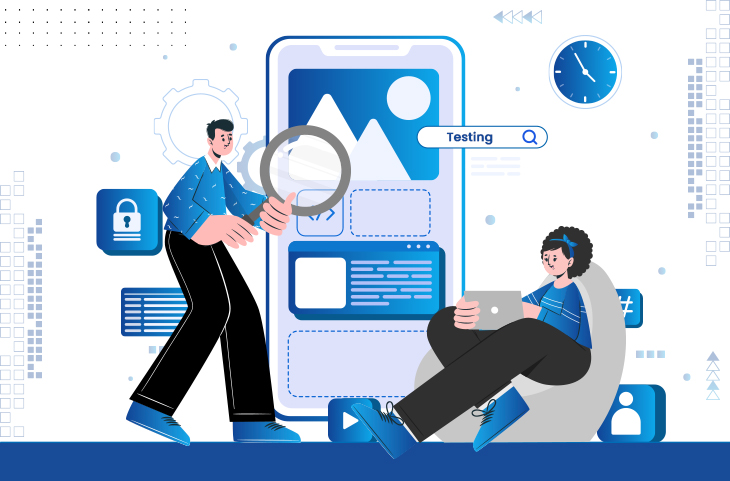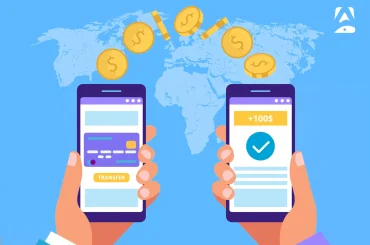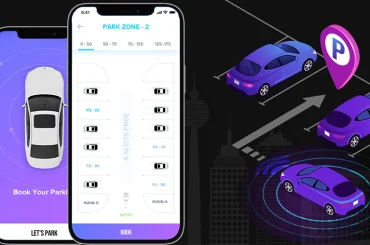An app launch is incomplete without proper testing. The developers need to have an initial insight into the user experience that would take place in the future. As such, they need to use various Mobile App Testing approaches over time. These approaches vary among different types of mobile apps to be created. Moreover, you need to check different app features in the testing procedure to offer a better user experience in the future.
These app features and functionalities are essential for user retention. So, developers pay additional emphasis to Mobile App Testing before deployment. Better testing leads to trustworthy features. The users don’t have time to pass through various types of bugs present within the app functions. They can switch to other alternatives available on Google Play & Apple Store right away.
Therefore, budding app developers must focus on providing potential testing solutions to clients. Some clients are smart enough to examine if there’s proper implementation of Mobile Application Testing or not. The app developers are highly devoted to such app development projects.
In this post, we’ll discuss what’s app testing and how skilled developers execute such a process amid their app-building project. In addition, we’ll discuss app testing best practices and the importance of running such tests!
What is Mobile App Testing?
Every mobile app has to undergo a testing process before getting deployed on the app stores. After launch, it becomes difficult for developers to make changes in the app’s features and functions. Mobile App Testing makes it easier for the developers to analyze whether an app bug or error is left behind. The final product must be free from technical issues. Or else, app users figure out the problem very soon and start spreading negative feedback about the app.
Start-up app businesses can’t afford such negative reviews and soon get failed. Hence, they approach reliable app development services in the market. Mobile Application Testing can be or different forms. The most popular form is- A/B Testing. This type of testing requires developers to create 2 different wire frames for the same app-building project. Later, 2 different mobile apps are created representing the same online business to see which works perfectly.
The projects can also be named A & B. This approach is famous among newbies and start-ups. The testing process is focused on 3 important aspects namely:
- App Functionality
- App Usage and
- Consistency Errors
Significance of Mobile App Testing
As mobile app provides for a specific user experience, testing becomes super significant. User experience is the topmost factor that decides whether the mobile app will survive in the market or not. To improve user experience, the developers need to imply Mobile App Testing efficiently before the launch. Enlisted are the different factors representing the significance of app testing:
1. Personalized Experience
Testing leads to better app performance even if it is highly customized. The users get a personalized experience using the mobile app. In this way, they relate with the app company effectively. Consequently, user interest and engagement on the mobile app increases and bring conversions for the company’s online products and services.
2. Improve User Experience
The Mobile App Development Process is responsible for poor as well as exceptional user experience. The process is incomplete without app testing. In the testing phase, the developers make sure to safeguard the user’s interest in the future. As such, some alterations are conducted over the main app features and functions.
3. App Feature Optimization
Another benefit of testing is that the app features get optimized over time. Moreover, it is the demand of every mobile app out there. It keeps changing as per the market trends. The users also want to use new and advanced features as they are buying futuristic devices and instruments these days.
4. Risk of Failure
The risk of app failure would surely vanish through such Mobile App Development Process. Testing is a sort of final touch-up that helps developers examine possible issues with the mobile app in the future. The mobile app deserves to project a great first impression before the users and that’s why needs to overcome the risk of failure.
Step-By-Step Guide to Mobile App Testing
Moving ahead, your App Development Process needs to be accompanied by a potential testing model. The testing model can be different for different types of apps. Moreover, you need to employ the best testing experts and app auditors in the market for future performance maintenance. If you’re planning to organize it yourself for the first time, here’s a step-by-step guide to follow:
1. Define Your Testing Scope
The first thing is to define your scope of testing. That means targeting the various app components that require final testing before launch. The developers often understand their scope and execute testing over the relative components only. Here are the main components to examine during the testing process:
- Messaging
- User Flow
- On-Boarding
- Layout
- Push Notifications
- App Functionality
- Checkout Experience etc.
You can also have an extended testing scope in case working on a specific project.
2. Planning the Process
When you know what parameters to consider while executing the Mobile App Testing process, you can plan it better. Planning may or may not bring the desired results as the future is uncertain. The users start demanding a new type of mobile app as soon as get to use innovative features on other apps available. Therefore, planning must be flexible.
3. Execute the Plan
You add flexibility to your app testing plan and prepare different test cases as per various possible situations in the future. Now is the time to implement such plans one by one. The developers barely make 3-4 plans. A/B Testing is a good example to consider again. That’s how you’re required to execute your testing plan.
4. Evaluate & Resolve the Issue
You must evaluate and resolve the app issues before launch. These issues may affect your online reputation and user feedback. If you’re publishing the app for the first time, you must not proceed without proper testing as your customers are not yet loyal to your online business.
5. review
After the Mobile App Testing process, you need to have a full preview of the mobile app functions, appearance, and features. You must review it like an app user and then examine if there’s another problem left with the app. The final preview also helps you analyze if your mobile app looks beautiful and engaging or not.
Wrapping Up
The implementation of the right Mobile App Testing approach is crucial for every new app-building project. The competition is high and the app businesses can’t afford to take a chance regarding non-tested app launches.






